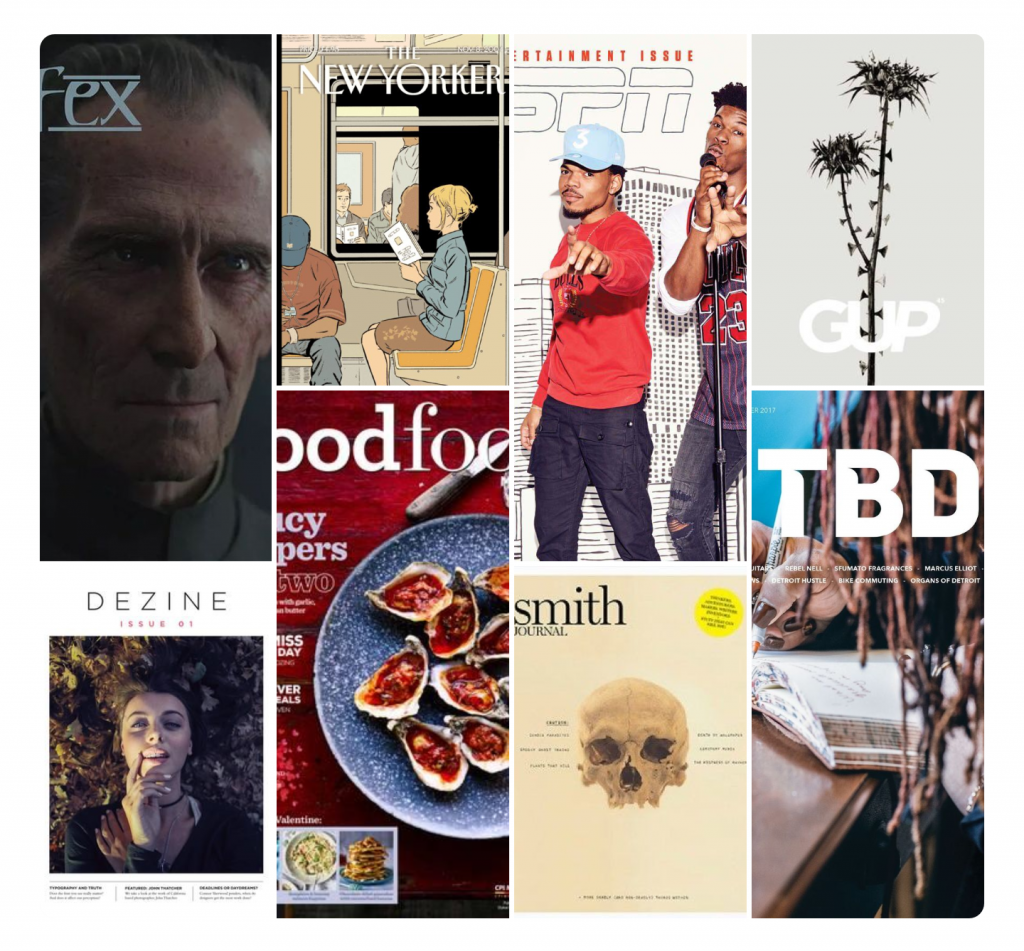 Sometimes it’s a good thing when the normal order of things breaks down. In the midst of the change, you get to take a close look at who you really are and what you really stand for. This seems to be happening to magazine covers lately, thanks to the disruption of the traditional newsstand model.
Sometimes it’s a good thing when the normal order of things breaks down. In the midst of the change, you get to take a close look at who you really are and what you really stand for. This seems to be happening to magazine covers lately, thanks to the disruption of the traditional newsstand model.
“If you’re not betting your whole farm on the newsstand then you can play around a little bit,” said InStyle editor-in-chief Laura Brown in an interview with Chantal Fernandez in Business of Fashion.
Brown recalls how she used to “spend my life chasing poor Jennifer Aniston around” to be on her cover, back when the formula for newsstand sales was pretty cut and dried.
“These formulas and assumptions were honed over years of audience-testing and resulted in largely homogenous imagery: picture a sequin evening gown, a sharp suit, a hand on a hip, eye contact, bold jewellery, complimentary colours as well as names and faces everyone knew and recognised, timed perfectly with a new album, film or television series and an exclusive pulled quote,” Fernandez notes.
There is no magic bullet anymore, and landing a cover has become a holy grail for celebs – in a bizarre twist, the celebrities are chasing the editors now.
These editors are now faced with a challenge – an opportunity, really – to expand the idea of what works on a cover.
“The result is that the types of faces and names covering our remaining newsstand publications are starting to change, not only in terms of racial diversity but age and size, too. It also helps that our society is more eager to address lack of representation than ever before,” Fernandez writes.
As GQ’s editor-in-chief Jim Nelson explained to Fernandez, “People still see [covers] as the portals to your brand… In a time when there is so much product and so little of it really resonates with people, it’s more important than ever to put out covers that you believe in and make a statement.”
That statement, of course, is being put in front of an increasingly fragmented audience, where a breakout star in one niche might be a complete unknown in another. Add in our increasingly polarized social sphere, and you can guarantee to alienate someone.
“GQ made perhaps its boldest statement yet in 2017 with one of its December’s Man of the Year covers, starring Colin Kaepernick, the professional football player who has protested racial inequality by kneeling during the national anthem at the NFL games. GQ styled the athlete in a way that recalled the uniform of the Black Panthers,” Fernandez explains.
Nelson explains that the challenge was the keep the editorial message of racial justice clear, while he knew “that some people would react to it in all matters of ways.”
For what it’s worth, the issue was the brand’s biggest seller in years, thanks in large part to going viral on Instagram – and they also had plenty of readers cancel.
For editors, the challenge comes in understanding the power of the cover, and how to leverage it. InStyle, for example, has “subscriber only” covers that differ from the newsstand. Other magazines are less about tying their cover into the latest movie release and more about tying into the voice they are trying to represent, beyond the Hollywood A-list.
It’s refreshing to see magazine editors owning their decisions and setting their brands apart through what they say. And without the insistence on the newsstand competitive formula, we can expect to see magazines becoming more relevant to readers and what they really care about.
